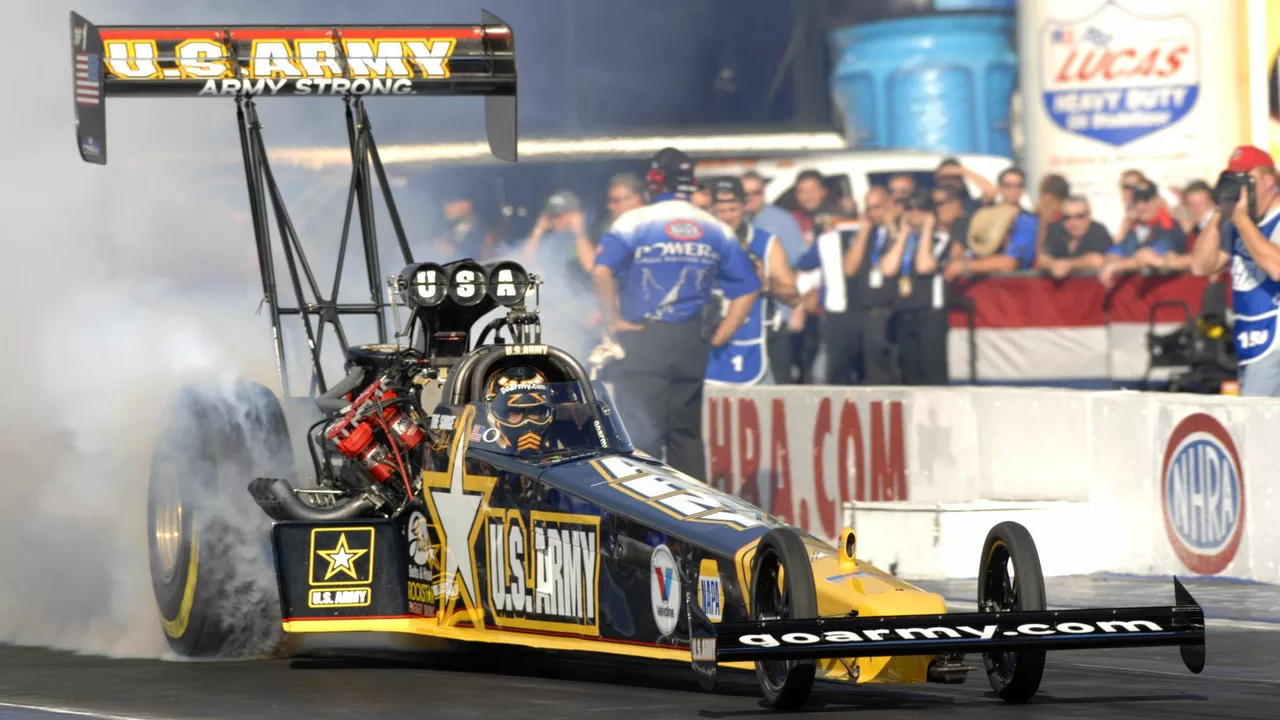Drag Racing: The Ultimate Straight‑Line Showdown
When you hear about Drag Racing, a straight‑line motorsport where two vehicles race over a short distance to see who reaches the finish line first. Also known as drag race, it pits raw power against precise timing. The sport thrives on several key elements: Top Fuel, the fastest class, featuring nitromethane‑fuelled dragsters that can top 330 mph, the Quarter Mile, the classic 1,320‑foot sprint that defines most drag events, the critical Reaction Time, the split‑second window from the green light to the car’s launch, and the Drag Strip, the specially prepared track with a launch‑pad, timing lights, and safety barriers. Together they shape the excitement that fuels fans and drivers alike.
Understanding drag racing means grasping how these pieces interact. A Top Fuel dragster’s blistering acceleration hinges on perfect reaction time; even a tenth‑second delay can cost the win, because the quarter‑mile run finishes in under four seconds for the best machines. Meanwhile, the drag strip’s surface and length dictate tire grip and gear ratios, forcing teams to balance horsepower with traction. Knowledge of these relationships helps you appreciate why a small tweak—like adjusting the clutch‑release setting—can translate into a measurable improvement at the finish line.
Key Concepts Every Enthusiast Should Know
First, the powertrain: Top Fuel cars burn a mixture of nitromethane and methanol, delivering over 11,000 horsepower. This raw output is useless without a well‑tuned chassis, which includes specialized suspension, aerodynamic wings, and a parachute system for safe deceleration. Second, the timing system: the “Christmas tree” of lights measures reaction time in thousandths of a second, rewarding drivers who can anticipate the green light without false‑starting. Third, safety protocols: modern drag strips enforce strict roll‑cage standards, fire‑suppression equipment, and driver protective gear, all of which have reduced injuries despite the sport’s extreme speeds.
Beyond the technical side, drag racing culture thrives on community events and grassroots competitions. Local strip nights often feature street‑legal cars modified for the quarter‑mile, giving amateur racers a taste of the high‑octane world. These events showcase how vehicle modifications—like upgraded turbochargers, lightweight flywheels, and slick tires—can bridge the gap between hobbyist builds and professional rigs. Whether you’re watching a televised Top Fuel showdown or pulling into a Saturday night drag strip, the same principles of power, precision, and safety apply.
Now that you’ve got a solid footing on the sport’s core elements, you’re ready to explore the articles below. We’ve gathered insights on everything from the science behind reaction times to the latest safety innovations on the strip. Dive in to see how each piece fits into the bigger picture of drag racing mastery.

